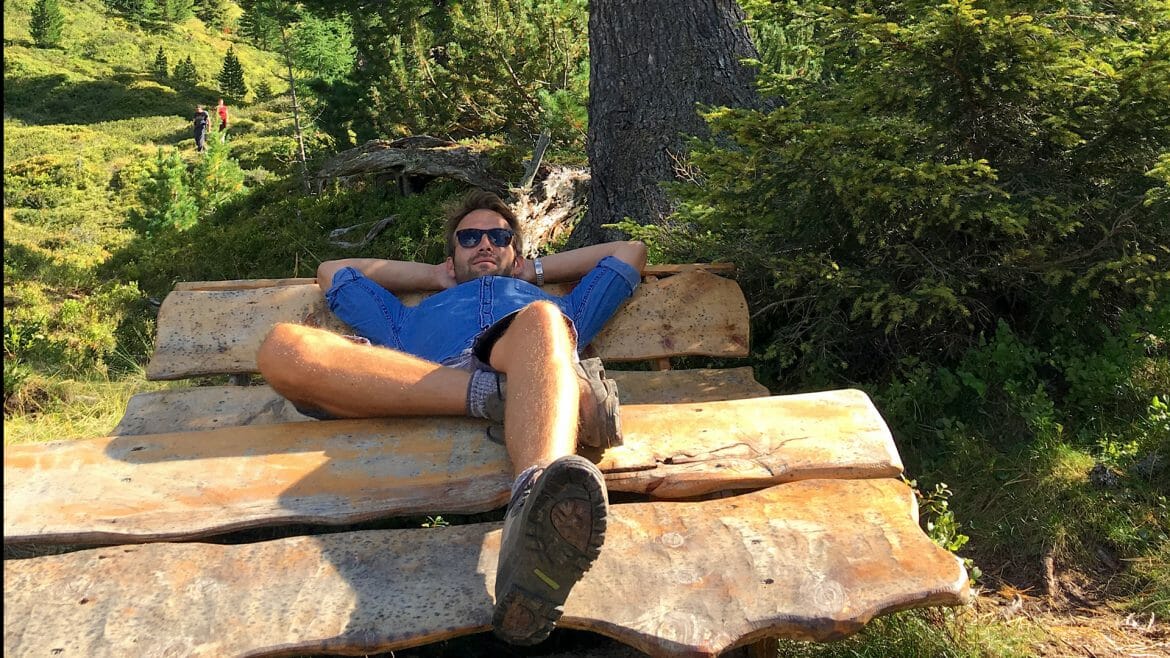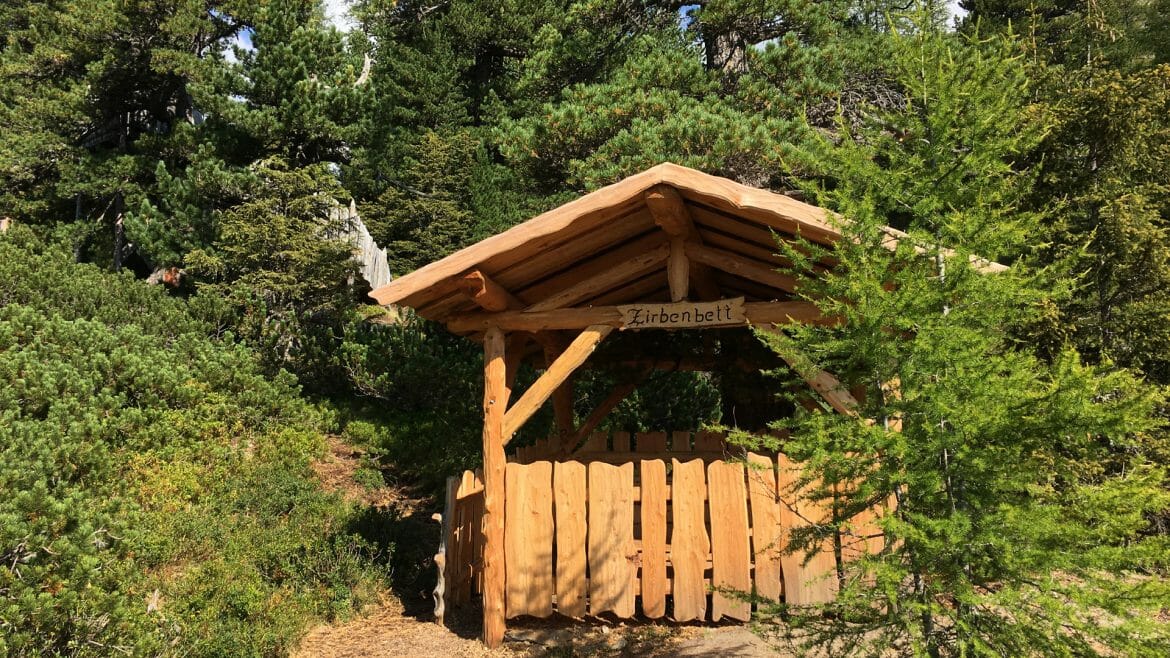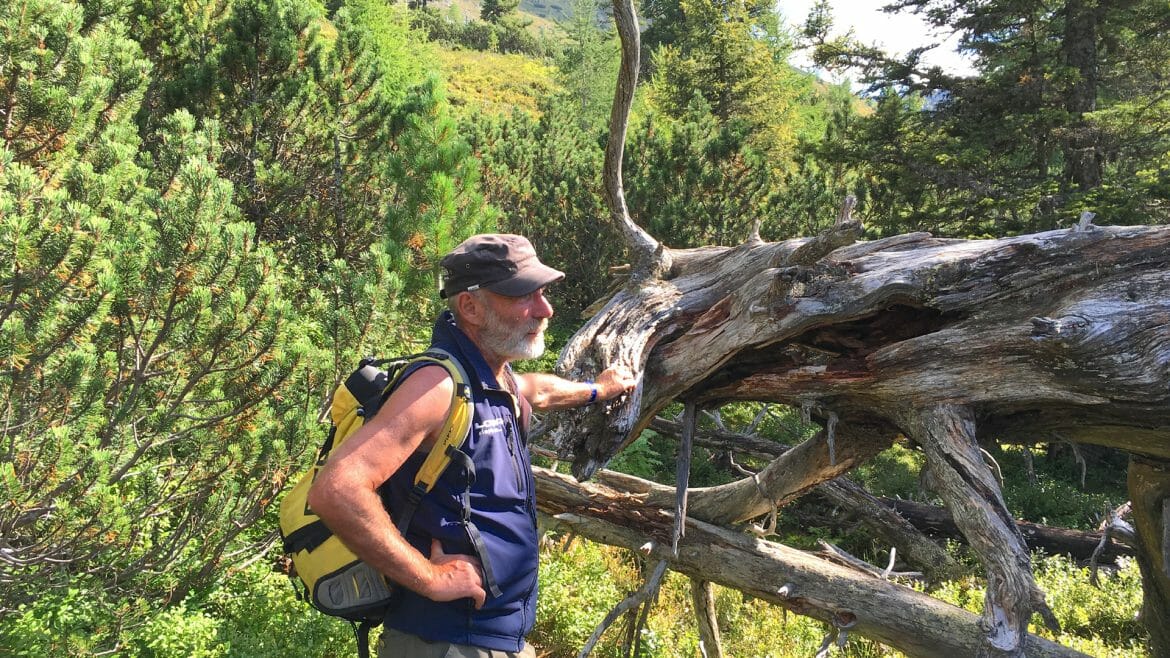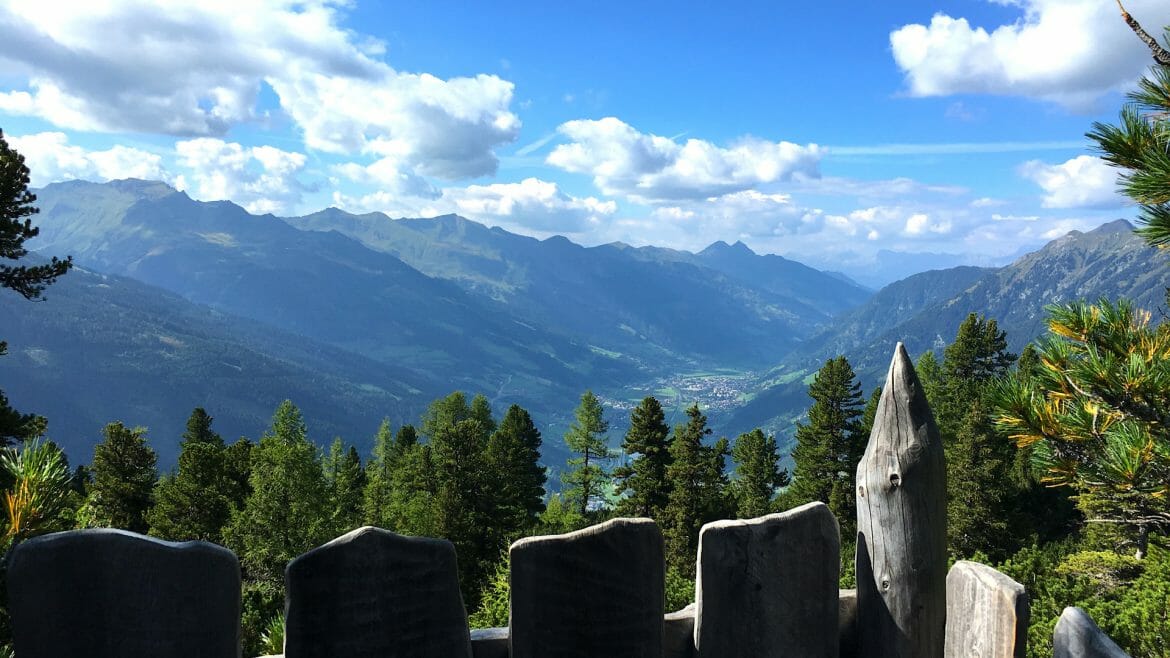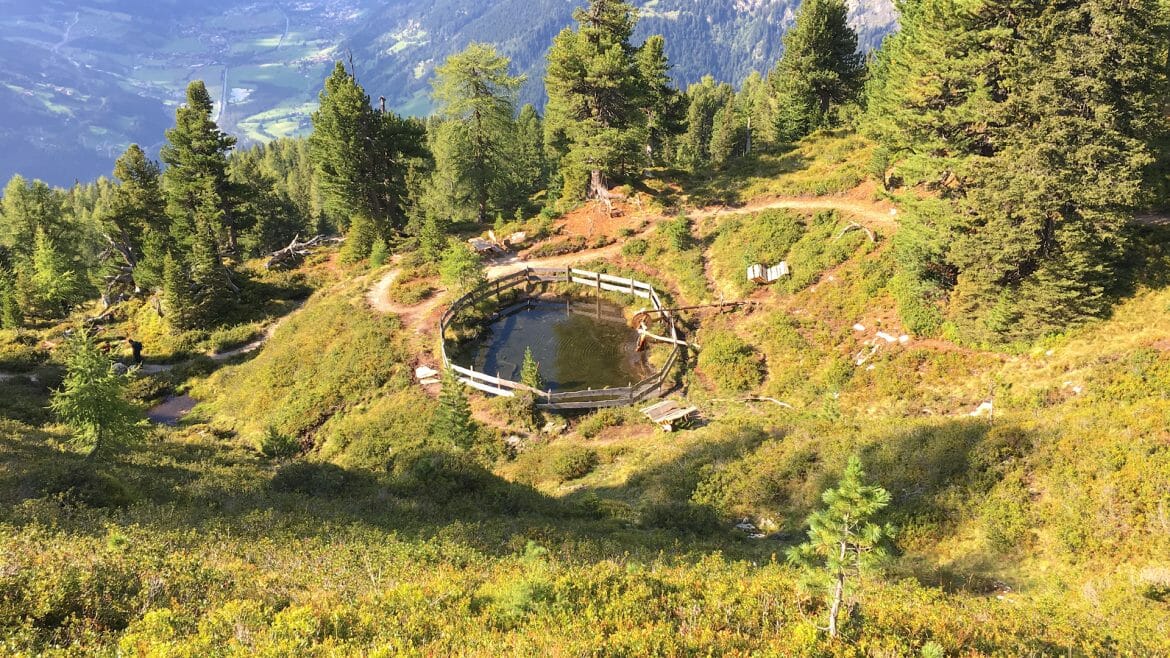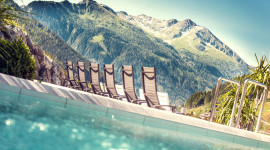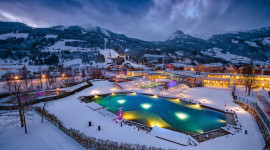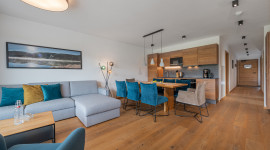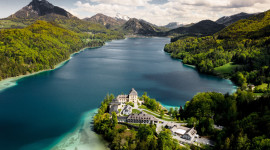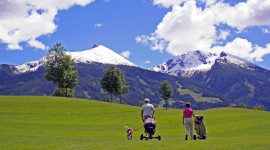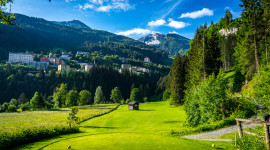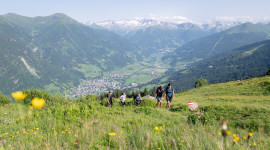
The Gasteinertal valley without its water – that would be like skiing without snow, summer without the sun or sailing without the wind. Simply unimaginable. But it’s not just the wonderful streams, roaring rivers, imposing waterfalls or even the scenic mountain lakes that make this valley so unrivalled. It is especially the high-quality drinking and thermal water that emerges from the depths of the mountains to the light of day. For many decades and even centuries, the water has been the main reason for the Gasteinertal valley’s reputation and disseminates its name throughout the world. The valley’s natural treasure can be obtained from 17 sources in the Hohe Tauern national park at the foot of the Graukogel mountain, once the rainwater has hit the mountain at a height of 1,8000 metres, trickled away, sunk for 2,000 metres through the various rock layers only to re-emerge shortly after in Bad Gastein. When this miracle of nature crosses my mind, I look up to Graukogel mountain’s summit and finally conclude to pay it a visit after all. And who would be more suitable for this endeavour other than Hans Naglmayr. The Gastein native is not only a ranger at the Hohe Tauern national park, but also one of the greatest mountain aficionados that I’ve ever met. In other words, the conditions for a great mountain tour could not be any better.
Stone pine magic
Punctually and actually a bit early, we meet at the valley station of the Graukogel chairlift so that we can begin our ascent. You could, of course, always make the journey to the mountain station by foot, but since we also want to hike from Graukogel mountain to the Palfnersee lake and then finally make our way to the Palfnerscharte col, the ascent assistance comes in rather handy. Hans tells me a couple of things about today’s tour while gesturing to the mountain repeatedly as we hop into the lift and take off. Before actually beginning our hike, we visit the relatively new Zirbenweg Trail at Graukogel mountain. “This is a really great project, you’ve got to see it,” says my guide just before making his way into the stone pine forest. He points toward the various treetops, pulls out his knife and digs out plants and shows them to me, and even calls the occasional bird with his barely distinguishable chirp. Crazy, it’s actually working! The Zirbenweg Trail is meant to educate hikers about the stone pine, incidentally the ‘queen of Alpine woods’ and is a splendid path with a great panorama view across both the Gasteinertal valley and the surrounding summits. Up here, at a height of around 1,950 metres, everyday life and work stress are so far removed that they are almost completely gone. Brilliant! “Some of the trees are more than 400 years old and continue to serve the many animal species as a habitat for many hundreds of years afterwards,” says Hans as he pulls me back out of my thoughts again. 400 years, up here? Incredible! We have been on our trip for 45 minutes now and pass by lunch benches, pine beds and pine swings. Over and over again, we jump across little glittering ponds and streams that complement the idyllic scenery. You could spend an entire day right here, perhaps spend some time at the Graukogel hut and then take in the wonderful stone pine forest all around. After all, stone pine is supposed to reduce your heart rate and be particularly good for your health. If you have ever slept in a pine bed, or if you at least own a pine cushion, you’ll know what I’m talking about.
The scenic Palfnersee lake and the Palfnerscharte col
But it’s definitely not time to sleep yet! After a sip from my water bottle, I quickly cram my jacket into my backpack (yes, it’s starting to get warmer) and we start marching toward Palfnersee lake. Along the western side of the Graukogel mountain, our path takes us slightly downhill but then keeps getting steeper. It’s not really difficult to hike here, but a certain degree of surefootedness is required. There is not much left of the gentle pine forest anymore and the landscape around us now mainly consists of rugged rocks. But one thing never changes, the rock face of the Feuersang summit as the backdrop to our endeavour. After around 45 minutes, we arrive at the magnificent lake, take pictures, test the water’s temperature (yep, it’s cold) and take a break by the shore. The scenery around us is truly unique. The Hohe Tauern national park, in whose centre we are currently resting, is truly beautiful and a jewel that must be preserved for future generations. High above us, the summit cross of the Graukogel mountain as well as the Stubnerkogel mountain, the Zitterauer Tisch summit and the Schlossalm mountain pasture keep attracting our gaze.
You should probably include a little extra time if you want to go on a tour up to the Palfnerscharte col, also provided that you are good in terms of surefootedness and can handle the height. But the view down on the Reedsee lake, undoubtedly one of the Alp’s most beautiful lakes, is certainly worth the effort. From the col, you can also reach the lake by foot via the Graukogel mountain’s summit and then descend to the Kötschachtal valley. We ended up opting for the return via the Graukogel mountain station after Bad Steiten, however. We begin our trail, enjoy the warm sun rays and then take a quick break at Palfnersee lake and dip our feet into the ice-cold water. And just as we were starting to feel a little bit sleepy, the therapy worked wonders and got us straight back on our feet. Time flies like it always does, we talk about this and that and as we arrive at the valley station (yes, downhill by foot), we spontaneously decide to round this wonderful day in the mountains off with a visit to a cosy inn. Real delights ought to be celebrated, after all. And the experiences today were a true delight for the senses.


